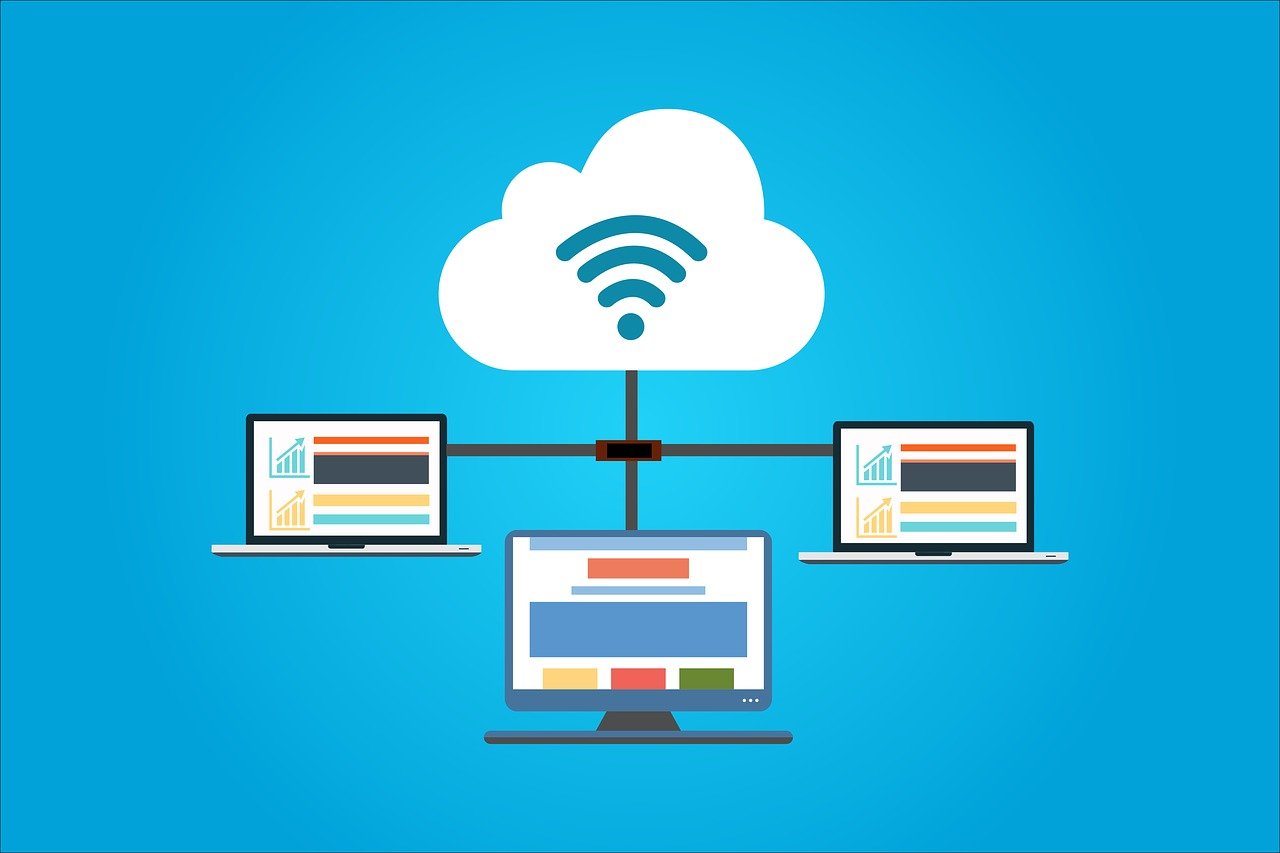Cloud computing has revolutionized how businesses store, manage, and process data. Over the last decade, it has evolved beyond basic storage and virtual machines to power cutting-edge innovations that enable faster operations, improved scalability, and enhanced collaboration. From serverless computing and multi-cloud strategies to AI-driven cloud services, cloud innovations are reshaping the IT landscape.
In this post, we’ll explore some of the most exciting cloud computing innovations driving the future of technology.
📌 Key Cloud Computing Innovations
1️⃣ Serverless Computing
Serverless computing eliminates the need for managing infrastructure, allowing developers to focus on building applications. It scales automatically based on demand, optimizing resources and reducing costs.
- Example: AWS Lambda, Azure Functions, and Google Cloud Functions offer serverless platforms for running code without provisioning or managing servers.
Benefits:
- Lower operational costs
- Faster time to market
- High scalability
2️⃣ Edge Computing
Edge computing brings data processing closer to the source of data generation—such as IoT devices—reducing latency and improving real-time decision-making. This is particularly important for industries like autonomous vehicles, smart cities, and industrial automation.
- Example: Cloud providers like AWS (AWS IoT Greengrass) and Azure (Azure IoT Edge) offer edge computing solutions.
Benefits:
- Reduced latency
- Improved performance for real-time applications
- Enhanced data privacy and security
3️⃣ AI-Powered Cloud Services
Cloud providers are integrating Artificial Intelligence (AI) and Machine Learning (ML) into their services, offering advanced tools for automation, predictive analytics, and intelligent decision-making.
- Example: Google Cloud’s AI platform, Microsoft Azure AI, and AWS SageMaker allow businesses to build, train, and deploy AI models at scale.
Benefits:
- Data-driven insights and automation
- Improved customer experiences through AI-powered applications
- Enhanced cybersecurity through anomaly detection
4️⃣ Multi-Cloud and Hybrid Cloud Strategies
Many organizations are adopting multi-cloud and hybrid cloud strategies to avoid vendor lock-in and increase flexibility. This approach combines the best features of public and private clouds, enabling businesses to optimize costs and performance.
- Example: Kubernetes and cloud management platforms help manage multi-cloud environments effectively.
Benefits:
- Increased flexibility and choice
- Enhanced disaster recovery and business continuity
- Optimized resource allocation
5️⃣ Cloud-Native Applications and Microservices
Cloud-native development focuses on building applications specifically for cloud environments using microservices, containers, and DevOps practices. This results in more agile, scalable, and resilient applications.
- Example: Docker and Kubernetes are essential tools for building and managing cloud-native applications.
Benefits:
- Faster deployment cycles
- Easier scalability
- Better fault tolerance
📈 The Impact of Cloud Innovations
✅ Enhanced Scalability: Cloud services scale automatically to meet demand, ensuring businesses can handle growing workloads without downtime.
✅ Improved Collaboration: Cloud-based collaboration tools (e.g., Microsoft Teams, Google Workspace) enhance productivity and remote work capabilities.
✅ Cost Efficiency: Innovations like serverless computing and pay-as-you-go models help businesses reduce operational costs.
✅ Increased Security: Cloud providers offer advanced security features like encryption, identity management, and threat detection to protect data and applications.
🛡️ Challenges to Overcome
Despite its benefits, cloud computing comes with its own set of challenges:
❌ Data Privacy and Compliance: Organizations must ensure compliance with regulations like GDPR and HIPAA.
❌ Cloud Security: Cloud environments are attractive targets for cyberattacks, requiring robust security practices.
❌ Vendor Lock-In: Relying heavily on a single provider can limit flexibility and increase costs over time.
❌ Complexity in Multi-Cloud Management: Managing multiple cloud environments requires advanced tools and skilled professionals.
🌐 Future of Cloud Computing
The future of cloud computing will continue to focus on automation, AI integration, and decentralized solutions like edge and fog computing. Innovations in cloud security and compliance will also remain a top priority as more businesses migrate critical workloads to the cloud.
🎉 Final Thoughts
Cloud computing innovations are driving business transformation, enabling organizations to operate more efficiently, scale faster, and deliver better services. By embracing these innovations, IT leaders can stay ahead of the competition and build a future-ready infrastructure.
Whether you’re adopting serverless architectures, deploying edge solutions, or exploring AI in the cloud, staying informed is key to making the right choices for your organization.
Want to learn more? Follow Packet-Switched.com for the latest insights on cloud innovations and IT trends! 🚀



